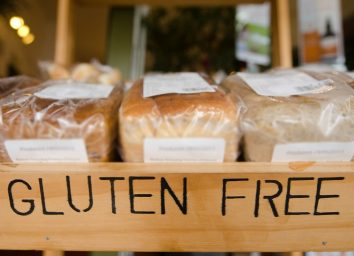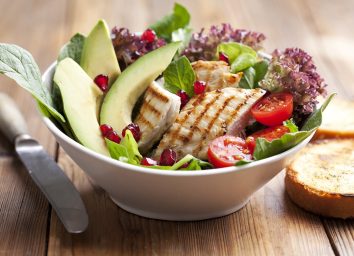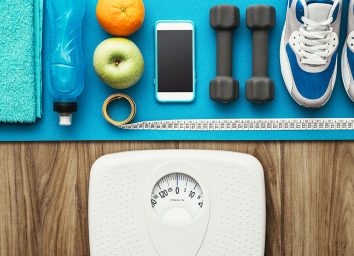11 "Healthy" Foods Diet Experts Won't Eat
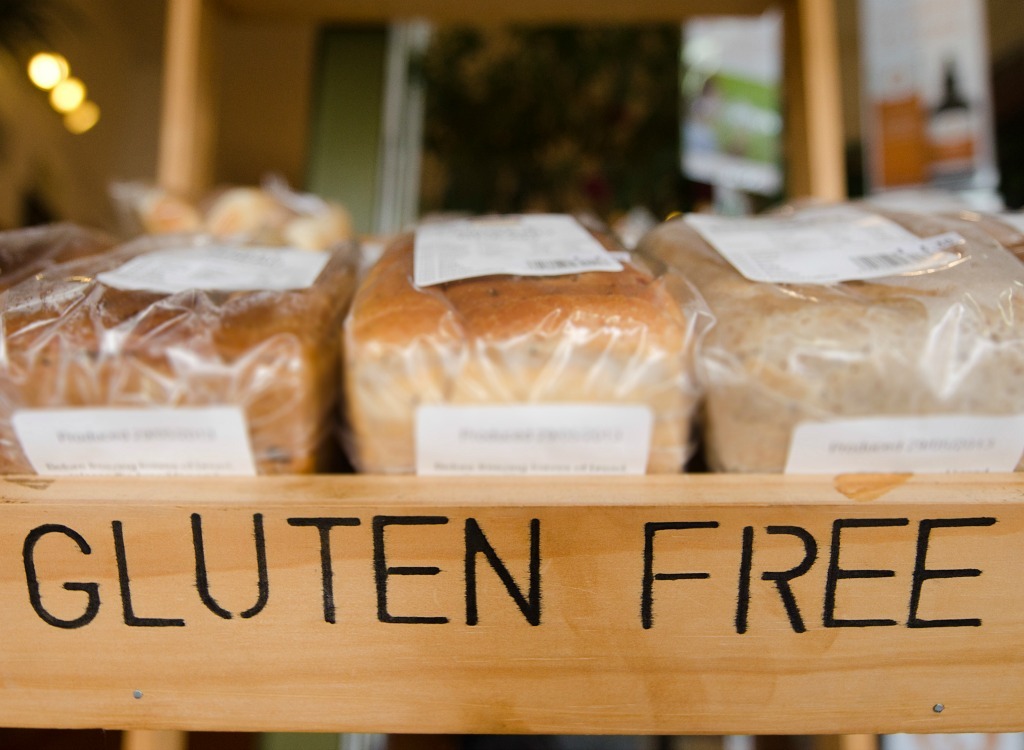
You do your best to do right by your body by making healthy food choices every day. Unfortunately, a number of "health" foods you may go out of your way to eat don't deserve their stripes. What's worse, thanks to talented and tricky food marketers, unless you're a trained professional, it's really hard to tell when you're being duped. Fortunately, we talked to experts to get the details about which foods diet experts won't eat.
All of those "sweetened with agave" and "added fiber" labels can confuse even the smartest shoppers. That's why we've turned to some of the nation's top diet experts and asked them to reveal which "healthy" foods they wouldn't touch with a ten-foot pole. What they had to say was pretty surprising—and it just might make you rethink your next grocery shopping trip.
Agave Nectar

"Although agave is gaining popularity in health-minded circles, it's not at all better than sugar and should be used sparingly like any other sweetener," says Marisa Moore, MBA,RDN, LD, an Atlanta-based registered dietitian nutritionist and national media spokesperson for the Academy of Nutrition and Dietetics. "Yes, it comes from a plant, but it has little to no nutritional value."
Fiber-Added Foods
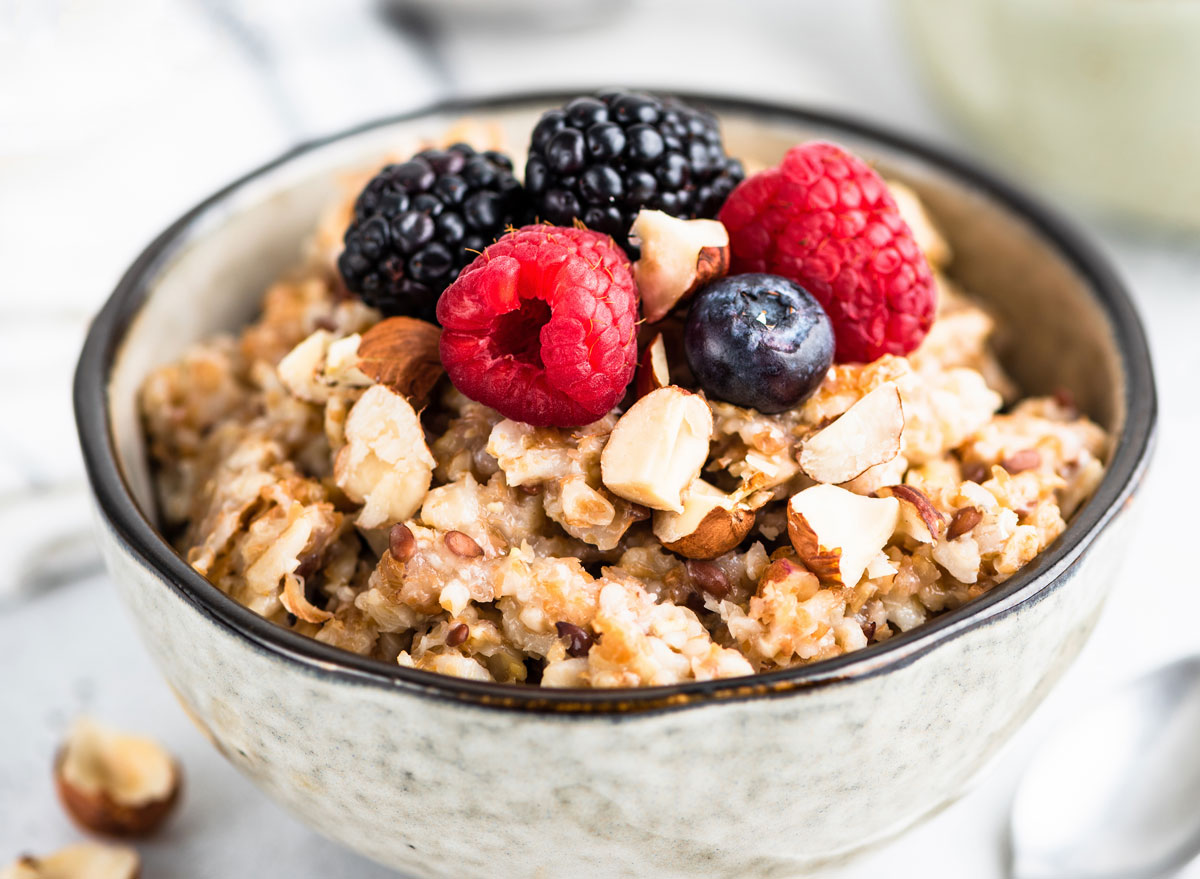
"Recently, many food manufacturers have cut fat from products like yogurt and snack foods and replaced it with fiber to increase the health factor," explains Libby Mills, MS, RDN, LDN, spokesperson for the Academy of Nutrition and Dietetics "Although eating fiber-added foods is often a great way to cut calories from fat and boost satiety between meals, when you eat too many foods with fiber, inulin, or chicory root (common fiber additives), it can cause gas, bloating, nausea, flatulence, stomach cramps, and even diarrhea. Stick with whole foods that are naturally good sources of fiber like fruits, vegetables, legumes, and whole grains."
Veggie Chips
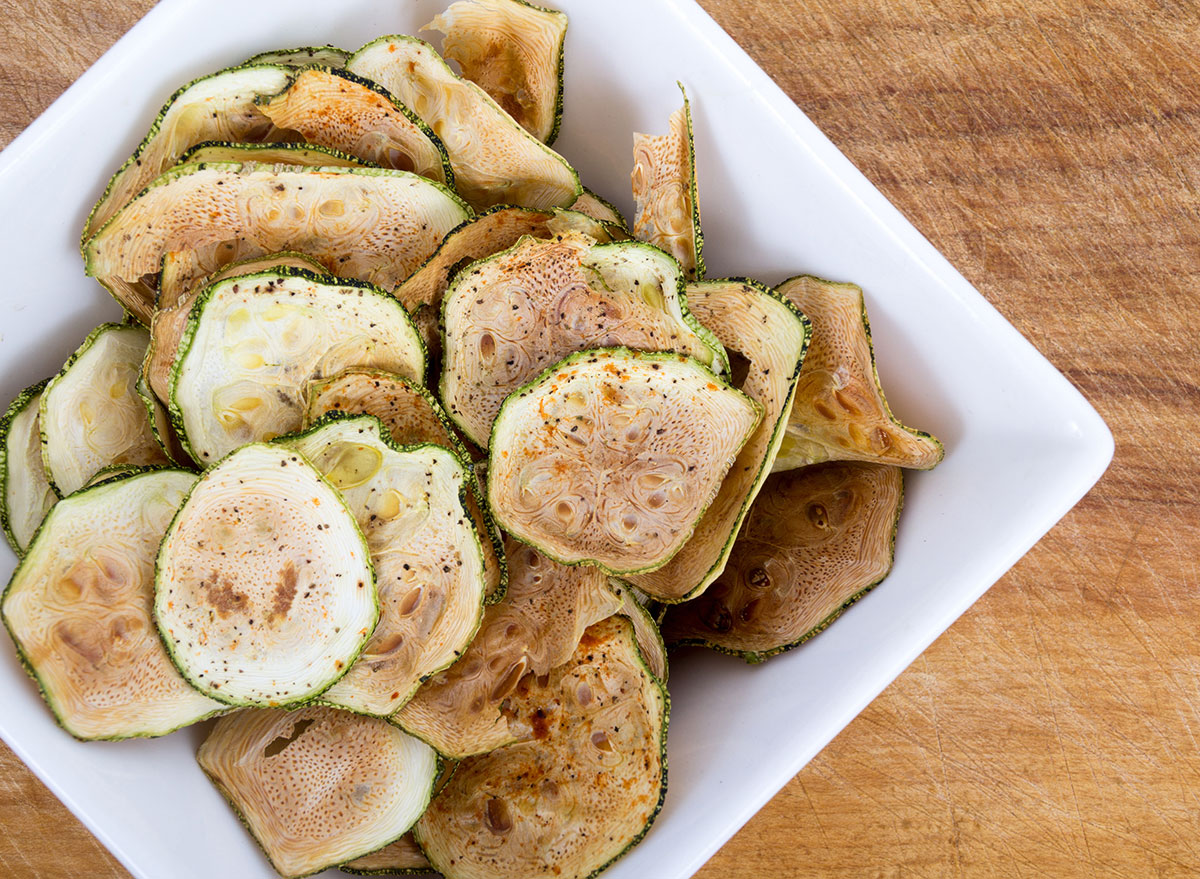
"Although veggie chips have more fiber than a standard bag of crisps, many varieties are fried—not just simply dehydrated," Moore says. "If your go-to bag has oils and added sugars, you'd be better off snacking on fresh produce instead. Those ingredients transform the vegetables from nutritional superstars to full-on indulgences."
Protein Bars
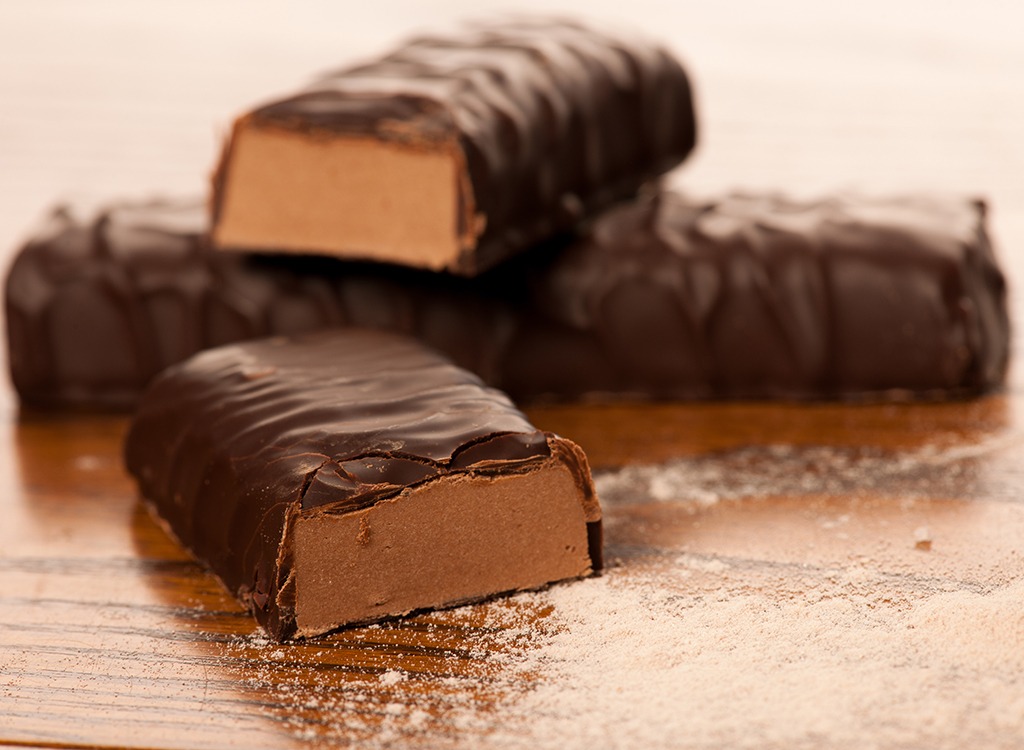
"Most high protein bars get their protein from unnatural sources like soy protein isolate, or SPI. The process of chemically engineering soybeans to isolate their protein strips out all of their other healthy nutrients and leaves behind potentially dangerous substances like hexane and aluminum," says Stephanie Middleberg, RD, founder of Middleberg Nutrition. "These bars also tend to have belly-bloating sugar alcohols and other unhealthy additives to cover up their terrible taste. If you're looking for a bar, look for ones with less than 10 ingredients that you can recognize."
Peanut Butter
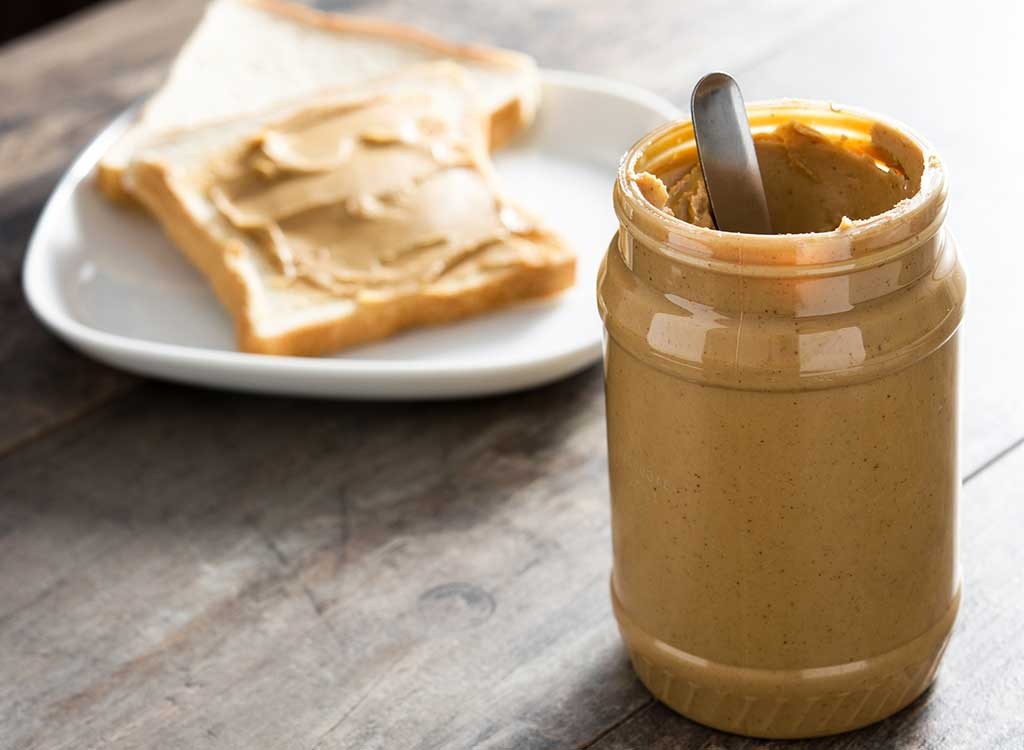
"The only type of peanut butter I'll eat is the natural variety," says Anne Mauney, MPH, RD, a Washington D.C. area Registered Dietitian. "Non-natural nut butters usually contain partially hydrogenated oils, which is a type of trans-fat! Choose a natural or organic nut butter instead. The ingredient list should just be the nuts and maybe a little salt."
Gluten-Free Products
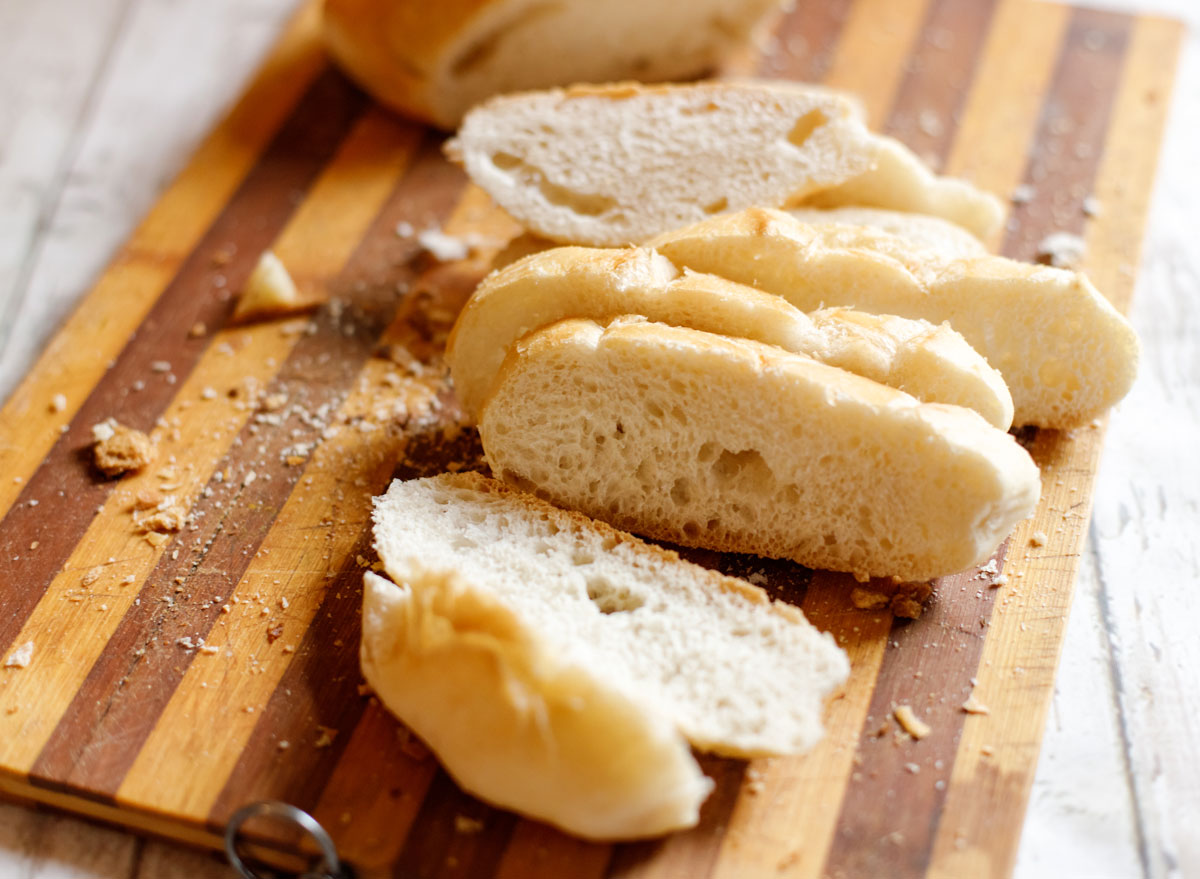
"Just because something is gluten-free doesn't mean it's calorie- or fat-free. In fact, many gluten-free products are higher in sugar and fat than their traditional counterparts," says Ilyse Schapiro MS, RD, a registered dietitian with private practices in New York and Connecticut. "If you have to eat gluten-free for medical reasons, that's one thing, but buying gluten-free products in an attempt to lose weight will not be effective."
Processed Snack Bars

"The first few ingredients in many snack bars include brown rice syrup and corn syrup, which are both added sugars. Then food manufacturers add in low-quality chocolate—not the antioxidant-rich dark variety," explains Michelle Dudash, RDN, a registered dietitian nutritionist and author of Clean Eating for Busy Families. "Often times these bars contain less than one gram of fiber, so they won't do as good a job keeping you satiated either. You're better off grabbing a bar with whole food ingredients you can see, like nuts and dried fruit with minimal added sugar."
Smoothies
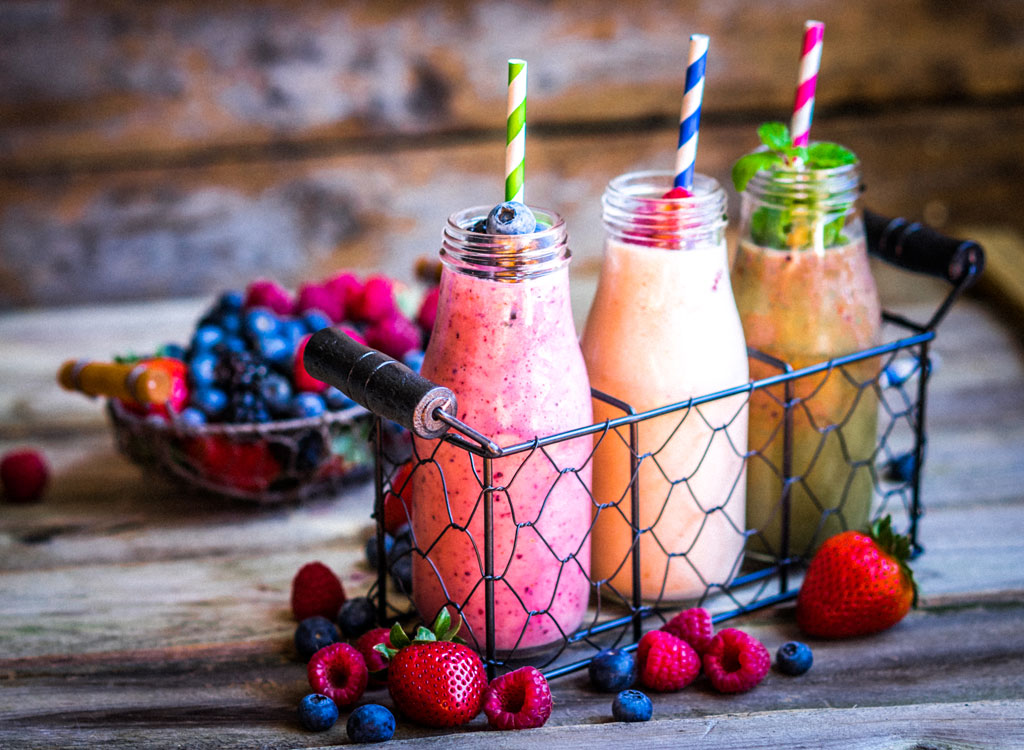
"People love smoothies because they can jam in a ton of ingredients and drink it all down in one sitting. The problem is, fruit, yogurt, milk, flaxseed and whatever else you put into your cup adds up," says Schapiro. "Before you know it, what you thought was a nutrient-packed meal or snack, now has as many calories as a burger. Your best bet is to just eat a piece of fruit if you're craving something sweet. You will feel fuller, and it won't break the calorie bank."
Reduced-Fat Mayonnaise
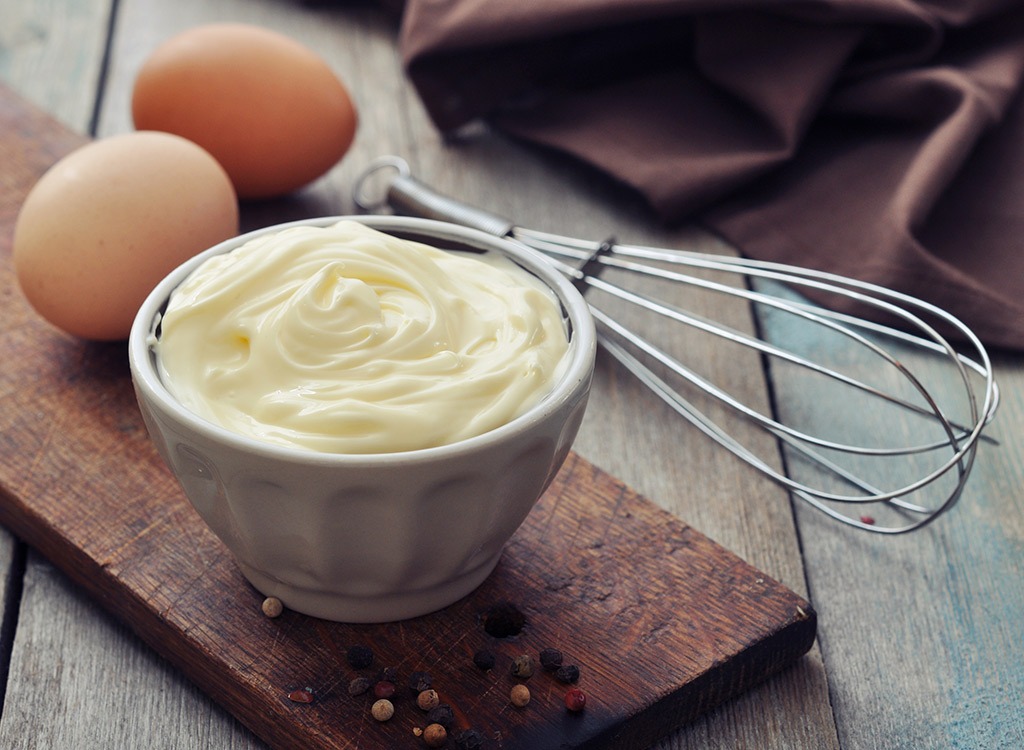
"Not only do low-fat foods not taste very good, they're also filled with unhealthy and harmful ingredients like added sugars, vegetable oils, and artificial preservatives," Middleberg says. "These ingredients have little nutritional value and decrease the body's ability to absorb fat-soluble vitamins. Regularly eating things like low-fat mayo can lead to inflammation, GI issues, heart disease and increased cravings that lead to weight gain."
Fat Free Dressing
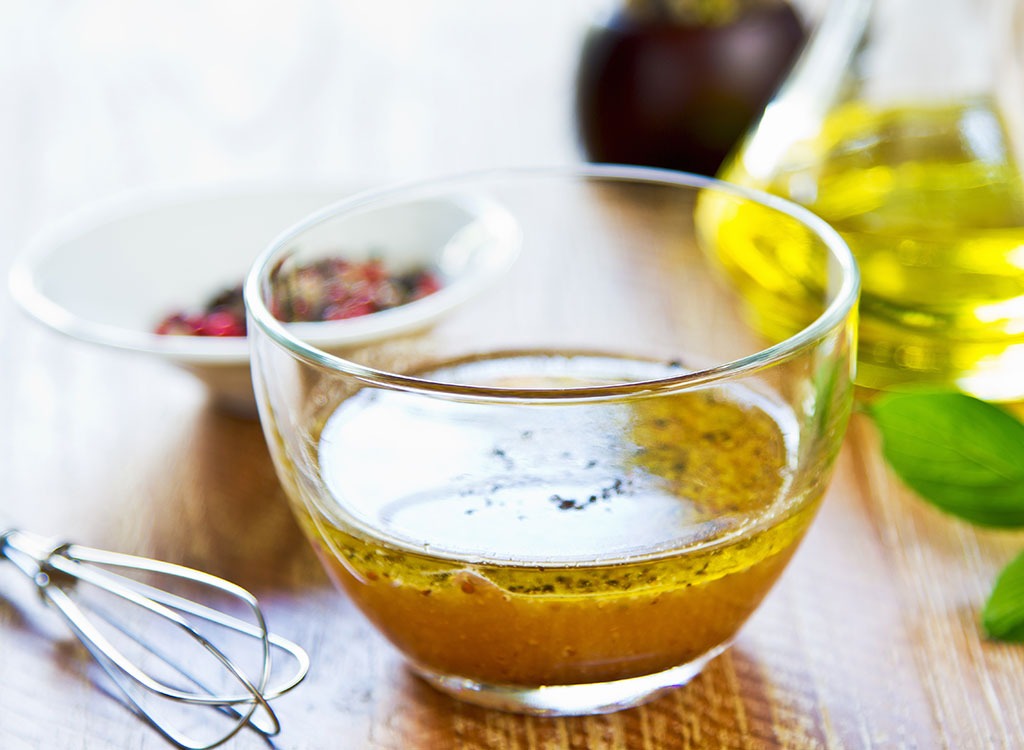
"Fat-free dressings often have added sugars or fillers, so even though you're getting less fat, you're not always saving calories. Plus, having a little fat with your salad can actually help you absorb more of the antioxidant-rich compounds from the vegetables. Carrots, tomatoes and dark, leafy greens are nutritious on their own, but a little fat actually helps you get more from them." – Marisa Moore, MBA,RDN, LD, an Atlanta based registered dietitian nutritionist and national media spokesperson for the Academy of Nutrition and Dietetics
Yogurt
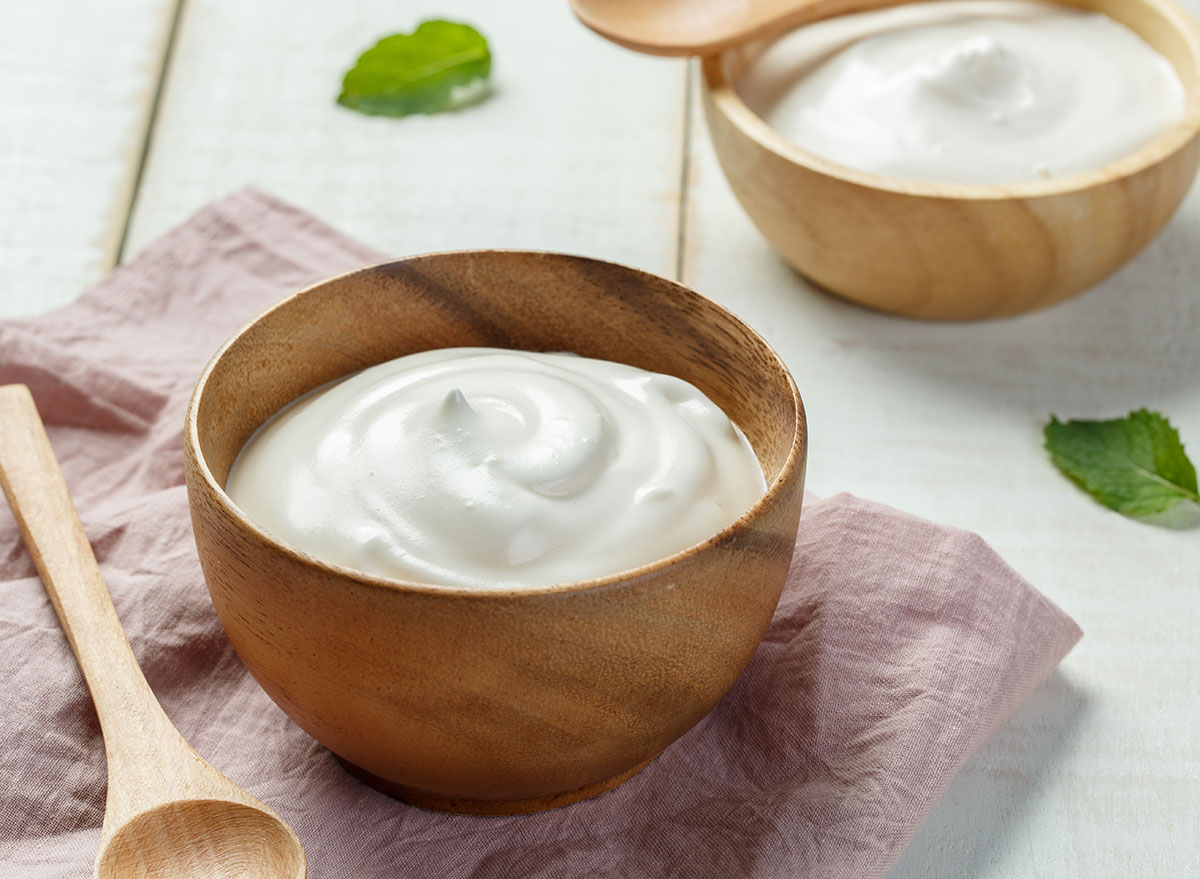
"Many flavored yogurts pack a ton of sugar and carbohydrates," says Ilyse Schapiro MS, RD, a registered dietitian with private practices in New York and Connecticut. "When possible, I go for plain Greek yogurt and add some fruit or all-natural jelly to flavor it."
